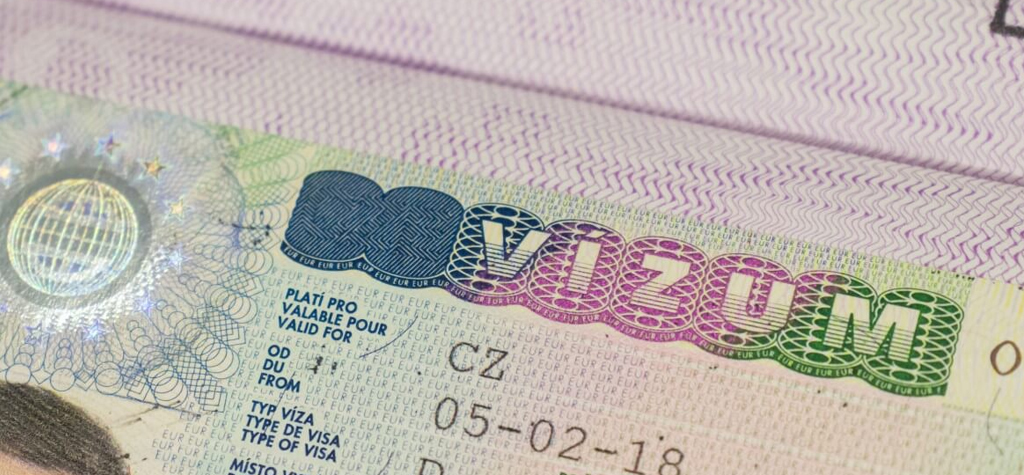Travelling from one part of the world to another is often easier said than done. Since most territories are governed differently, you’ll have to ensure you have all the requisite documents before travelling. If you’re found within a country’s borders without the proper documentation, you could face harsh penalties, including deportation or imprisonment.
However, some regions have come together and made movement within the collective borders easier. One of these regions is the Schengen area. What exactly is the Schengen area, how can you apply for a Schengen visa, and how much does it cost? Read on to learn more about the Schengen visa application process.
What is the Schengen area?
The Schengen Area is a European territory where several countries have abolished their borders. The Schengen area covers 26 countries in mainland Europe. If you are planning to visit Europe, you’ll likely need to apply for a Schengen Visa.
Countries in this area are Switzerland, Sweden, Spain, Slovakia, Slovenia, Norway, Netherlands, Poland, Portugal, Malta, Lithuania, Luxemburg, Liechtenstein, Latvia, Iceland, Italy, Hungary, Greece, Germany, France, Finland, Estonia, Denmark, Belgium, Czechia, and Australia.
What type of Schengen visa do you need?
Currently, you can travel to the Schengen area visa-free if you’re from a list of 60 pre-identified countries. Under this allocation, you can remain in the region for 90 days within 6 months. However, it is generally more useful to have a visa with you for easier travel.
The first step to applying for a Schengen visa is determining the exact type of visa you need. Some of the visa types you can apply for when visiting these countries include:
- Transit visa – this type of visa is for people looking to enter the territory to only change their transportation method. You can either apply for the transit Schengen visa for seafarers or an airport transit Schengen visa.
- Tourism visa – this visa allows third-party nationals to travel to the Schengen area for pleasure or tourism purposes.
- Business visa – this visa is issued for the specific territory you wish to visit if you’re not from the pre-approved countries list mentioned above.
- Study visa – as the name suggests, this visa is for those looking to pursue studies in the Schengen area.
Other common types of Schengen visas you can apply for are:
- Visa for official visits
- Visa for visiting friends and family
- Visa for medical reasons
- Visa for culture and sporting activities
Where do you apply for a Schengen visa?
The application process hinges on several factors. One of the key factors is the relationship between your country of residence and the place you’re visiting. Ideally, you can apply for your visa at the country’s embassy near you.
However, there are cases where you’ll be required to apply from one of their other consulates or visa centres outsourced by the country you wish to visit. In most cases, if you’re planning on visiting one country in the Schengen area, you can apply through any of the available avenues mentioned above.
Though it is a fast track Schengen visa and obtainable within days, you will still need to apply as early as possible to avoid delays. Generally, the earliest you can apply for a Schengen visa is six months before travelling, while the latest you can apply is two weeks prior to travelling. Ideally, you should apply for the visa within three weeks to a month of travelling.
Filling out the visa application form
Before starting the process, be sure to check the application process before starting. In most regions, you will need to book an online appointment with the consulate or embassy of your destination country.
Regardless of your country of residence, the application form follows the same format. You can access the application form online and fill out the details before submitting it. The application form asks basic visa application questions, including your personal details, general background, the purpose of the application, and other details about your trip.
Here are a few tips to help you with a seamless Schengen visa form application:
- Download the latest application form
- Clearly fill out every required gap and don’t leave blank columns
- For minors, the application form must be accompanied by written and signed consent from the primary guardian
- Print two copies of the form, fill and sign both copies
What documents are required when applying for a Schengen visa?
The documents needed at this stage can be split into two major categories: standard required documents and visa-specific documents. This part is crucial to a successful application, so ensure you pay attention to all the required documents.
Standard requires documents for Schengen visa application process include:
- A valid passport
- The visa application form
- 2 identical photos
- Proof of accommodation
- A travel insurance policy
- Proof of financial means
- A flight itinerary with specific flight dates
Visa-specific required documents vary from one type of visa to another. You can check with the territory you’re planning to visit the consulate on the specific documentation requirements.
Attending the Schengen visa interview
After submitting the application form, you’ll be called in for an interview. Ensure you show up on time with all the requisite documents. You’ll be questioned about your travel intentions and details. Your answers should be firm and correct to avoid unnecessary disqualification. This interview will last about 15 minutes.
How much does the visa application cost?
The Schengen visa application process attracts a non-refundable administration fee. Since the states in this territory work in tandem, making the application and fee payment easier. Currently, the Schengen visa application fee per person is €90 for adult and £45 for minor 6 to 12 years.
Some special categories, including children, could have their fees reduced or waived, depending on various factors. Ensure you check the application fee before applying in case of updates.
How long do you have to wait for your visa?
After attending the interview and paying the visa application fees, you’ll have to wait about 15 days for a response. Sometimes, the waiting period could be longer, and some regions have a waiting period of up to 45 days.
When travel is in question, one of the easiest places you can visit is the Schengen area. With one visa, you can freely travel between the borders of the 26 countries in the territory. This information will help you effectively apply for your visa. All the best!







